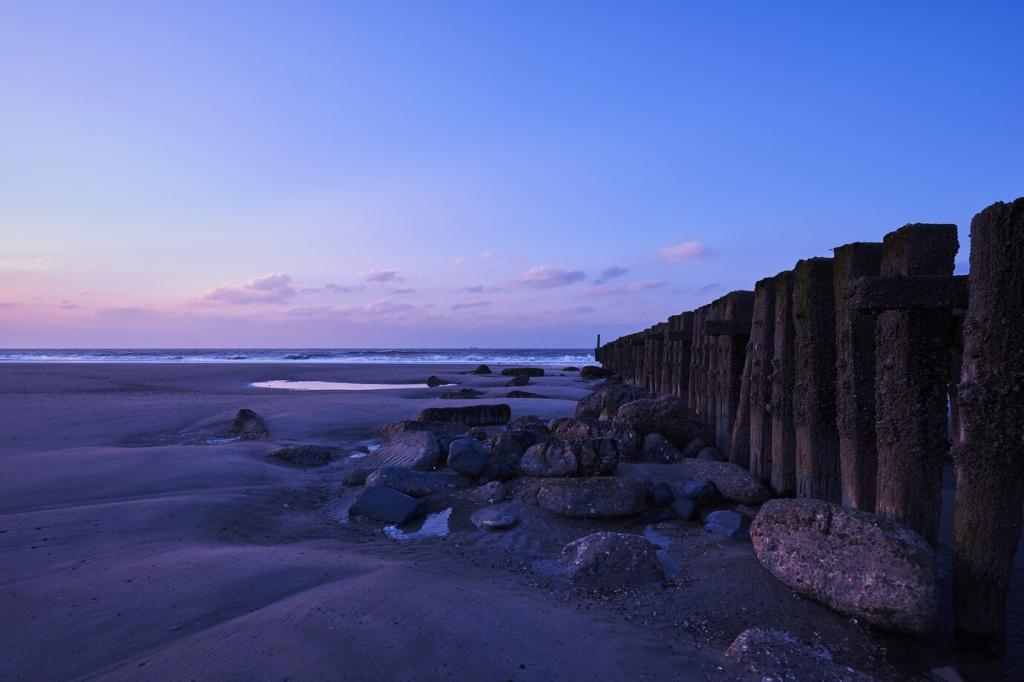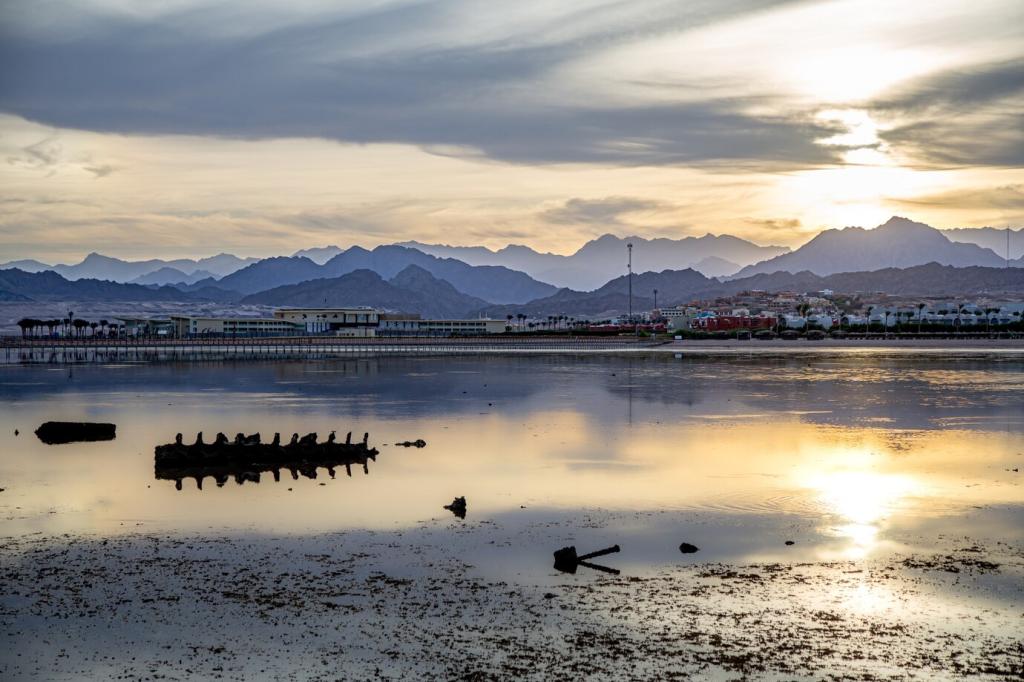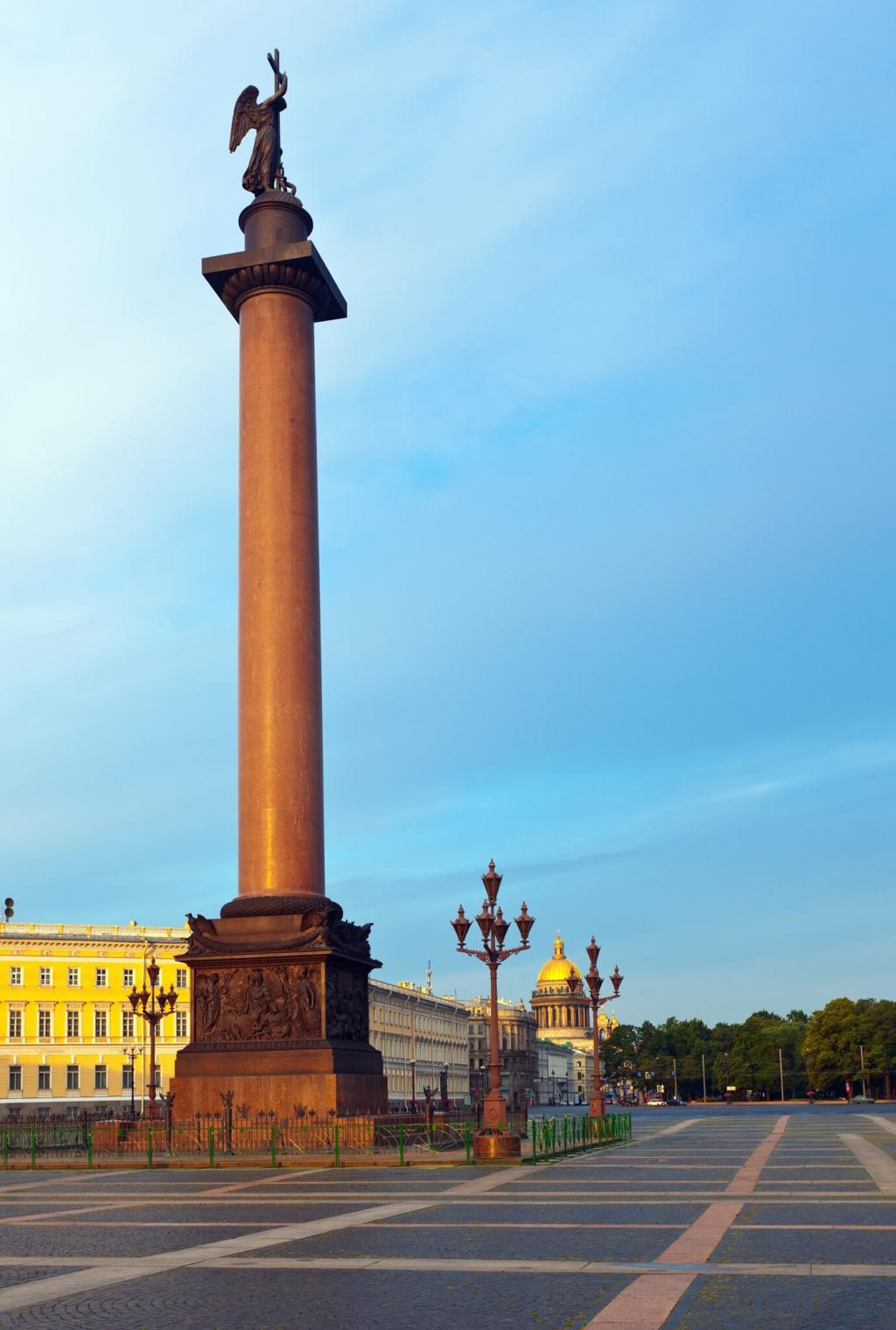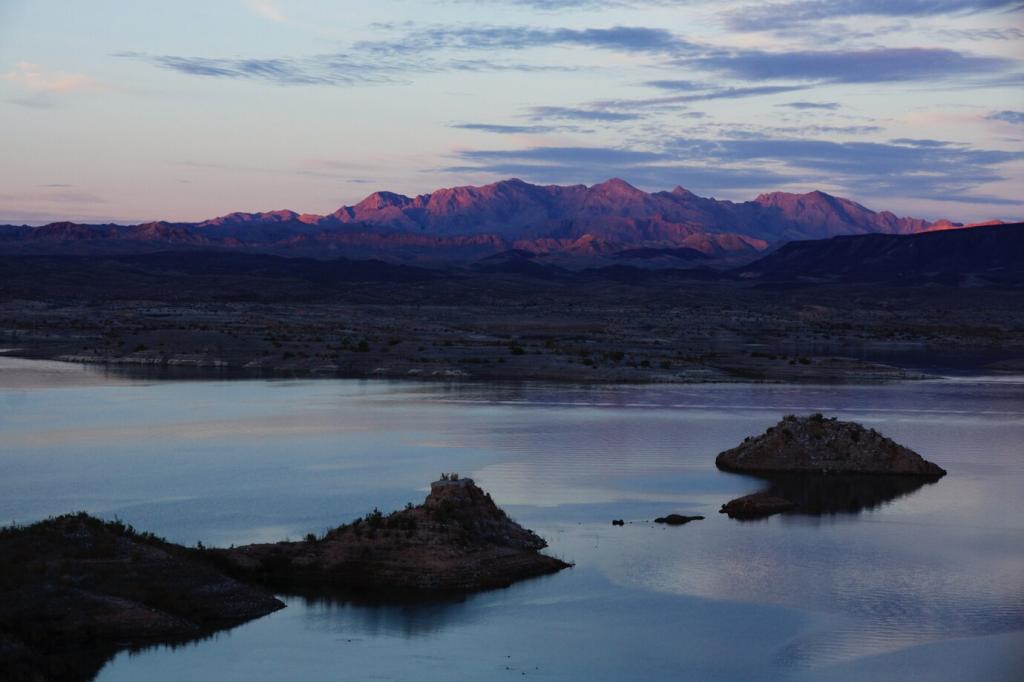
Iconic Landscape Paintings Explained: See the World Anew
Selected theme: Iconic Landscape Paintings Explained. Journey through celebrated vistas, from Turner’s storms to Monet’s ponds, unpacking stories, techniques, and secrets that make these scenes unforgettable. Share your favorite landscape in the comments and subscribe for fresh art insights every week.
How to Read a Landscape Masterpiece
Subject, Setting, and Scale
Start by asking what landscape you are seeing and how large or intimate it feels. Expansive valleys invite contemplation, while tight village lanes feel personal. Note the horizon line, the season, and human presence; each choice cues mood and meaning.
Composition that Guides Your Eye
Painters design paths for your gaze: S-curving rivers, diagonal ridges, and clusters of trees act like signposts. Follow these visual routes from foreground to background to discover focal points. Consider balance, symmetry, and tension; they animate still scenery into story.
Symbolism in the Scenery
Storm clouds may signal turmoil or awe, sunlit fields promise hope, and lone figures suggest reflection or ambition. Even small details, like a broken fence or distant church spire, carry messages about faith, progress, or loss. Ask what the landscape is quietly saying.
Light, Color, and Atmosphere: The Painters’ Toolkit
Turner’s Weather as Drama
J. M. W. Turner chased storms to paint light as a living force. His swirling mists, radiant sunbursts, and trembling horizons collapse distance and time. Stand before one of his seascapes and feel atmosphere acting like a character, urgent, fragile, and overwhelming.
Monet’s Time-Sliced Light
Claude Monet returned to the same haystacks and water lilies under changing skies to prove light rewrites reality. Each canvas captures a precise hour, temperature, and mood. Comparing versions becomes an addictive study in perception; share your favorite moment and why it resonates.
Van Gogh’s Expressive Palette
Vincent van Gogh amplified color to spin landscapes into emotion. Electric blues, pulsating yellows, and thick, directional strokes transform fields and skies into psychological terrain. The energy of his marks invites empathy, like a letter written in paint to his viewers.
Dutch Golden Age Realism
Artists like Jacob van Ruisdael rendered low horizons, moody skies, and meticulous windmills to celebrate mercantile prosperity and everyday land. Their measured compositions respect observation and craft. Look for luminous clouds that feel meteorologically true, anchoring a national pride in precision.
Hudson River School Grandeur
Thomas Cole and Albert Bierstadt staged America as sublime theatre, where luminous valleys and colossal peaks hinted at destiny and responsibility. The sweeping vistas uplift and caution, urging stewardship. Find tiny travelers in vast scenes; their scale reminds us to tread humbly.
Hokusai and Hiroshige’s Poetic Vistas
Japanese ukiyo-e artists distilled mountains, rain, and waves into elegant designs. Hokusai’s Mount Fuji cycles and Hiroshige’s stations rhythmically balance pattern and nature. Flattened space, crisp silhouettes, and atmospheric gradations spark calm reflection, proving landscapes can be meditations as much as places.
Three Iconic Works, Clearly Explained
Caspar David Friedrich: Wanderer above the Sea of Fog
A solitary figure surveys a mist-choked wilderness, embodying Romantic self-inquiry. The back-turned wanderer becomes us, confronting uncertainty and possibility. Craggy diagonals, vaporous veils, and muted greens stage a metaphysical question: when nature is vast, who are we within it?
John Constable: The Hay Wain
Constable paints rural Suffolk with affectionate specificity: glistening water, sturdy cart, and weather-breathing clouds. It is not nostalgia only; it is lived observation. His sky studies informed the scene, grounding beauty in meteorological truth. Share what detail makes the countryside feel alive to you.
Thomas Cole: The Oxbow
Cole juxtaposes wild forest against cultivated fields, asking how expansion reshapes identity. The bend of the Connecticut River draws your eye into a debate between progress and preservation. Tiny self-portrait, barely visible, admits the artist as witness to an unfolding national story.
Techniques That Shape the View
Painting outdoors trains the eye to chase shifting light. Rapid oil sketches capture fleeting clouds and color notes later expanded in the studio. Try a timed photo study at sunset, then compare frames; notice how minutes rewrite shadows, contrast, and emotional temperature.


Sublime versus Picturesque
The sublime thrills and terrifies with thunderheads and cliffs; the picturesque charms with textured cottages and meandering streams. Artists balance these modes to shape emotion. Consider which impulse a painting awakens in you, then tell us why that feeling lingers after viewing.

Industry Enters the Pastoral
Smoke stacks, rail lines, and bridges creep into nineteenth-century views, rewriting nature’s script. Turner’s engines and later urban skylines ask whether progress enriches or erodes wonder. Spot the first hint of machinery in a favorite canvas and share how it changes the story.

Nature, Memory, and Identity
Landscapes often mirror personal histories: childhood rivers, ancestral mountains, longed-for coasts. Painters encode attachment through recurring motifs and seasons. Think about a place that shaped you; then notice how artists turn private geography into shared meaning through light, color, and patient attention.

Visit, Compare, and Share
If possible, see originals and compare reproductions; note differences in surface sparkle and color temperature. Jot down three emotions each painting evokes. Post your impressions in the comments and reply to another reader, building a thoughtful conversation around these enduring scenes.
Recreate a View with Your Camera
Choose a local overlook and photograph it at dawn, noon, and dusk. Study how light alters edges and mood, just as the Impressionists did. Share your mini series and describe your favorite frame; your observations help everyone see more clearly and joyfully.
Join Our Inbox Gallery
Subscribe to receive weekly breakdowns of beloved landscapes, behind-the-scenes anecdotes, and prompts for looking. We feature reader reflections in a monthly roundup. Add your voice, submit a question you want explained next, and help guide which masterpieces we explore together.
